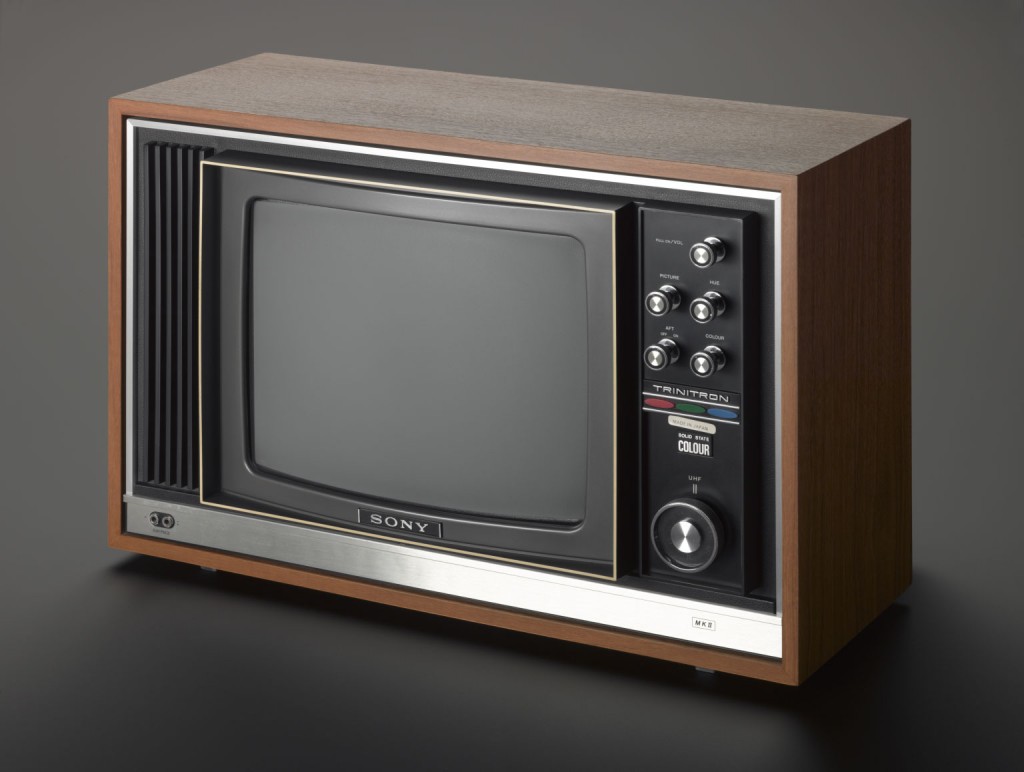Chances are that if you haven’t got tickets to Wimbledon this month (and lucky you if you have!) you will instead be watching on a colour television. This may not seem particularly momentous, but it actually has real historic significance. It was 47 years ago, in 1967 that the Wimbledon Tennis Championships became the first ever UK television programme to be broadcast in colour.
The Championships were broadcast on BBC 2, which initially became the only channel to broadcast in colour, showing just five hours of colour TV a week. This transition from black and white to colour was a huge step-forward in broadcasting technology; however it was only appreciated by a few as there were less than 5,000 colour TV sets in circulation at the time.
One of these was the Sony Trinitron TV, and this one (shown below) is part of the Science Museum Group collection.

The Sony Trinitron TV displayed colour by use of a ‘single-gun three-cathode picture tube’, capable of broadcasting separate red, green and blue signals (RGB) in succession. This technology was first developed by John Logie Baird, a Scottish engineer well-known as the inventor of the world’s first television. He demonstrated the first colour television publicly in 1928, but due to the war suspending the BBC television service, and ultimately ending his research, the development of this technology for broadcasting was delayed.
When the Wimbledon Championships did eventually become the first colour broadcast in 1967, the interest in colour TV quickly gained momentum. Viewers cited a greater feeling of realism when watching in colour and the broadcasts aim to exploit this interest by seeking more programmes that would benefit in colour, such as the snooker programme Pot Black, and children’s TV programme Thunderbirds. Shortly after Birds Eye Peas became the first colour advertisement. By mid-1968 nearly every BBC2 programme was in colour. BBC1 and ITV quickly followed and were also regularly broadcasting in colour by 1969.
However, broadcasters still made programmes in black and white for some time, due to the large expense of the TV sets, as well as the increased cost of a colour TV license (£10 in comparison to £5 for a black and white license) which made the demand for colour TV sets increase more slowly. By 1969 there were still only 100,000 in circulation but viewers soon caught up and by 1972 there were over 1.6 million in the UK.
The Wimbledon Championships are still acting as a landmark televised event today, as in 2011 it became the first TV programme to be broadcast in 3D. However, history repeated itself, as only a few viewers could appreciate the new technology due to the small number of 3D TV sets owned in the UK. So how long do you think it will be until we are all watching the Wimbledon Championships in 3D?
Volunteer Chloe Vince looks back at the first colour TV broadcast. You can discover more about the history of communication technologies in our Information Age gallery.